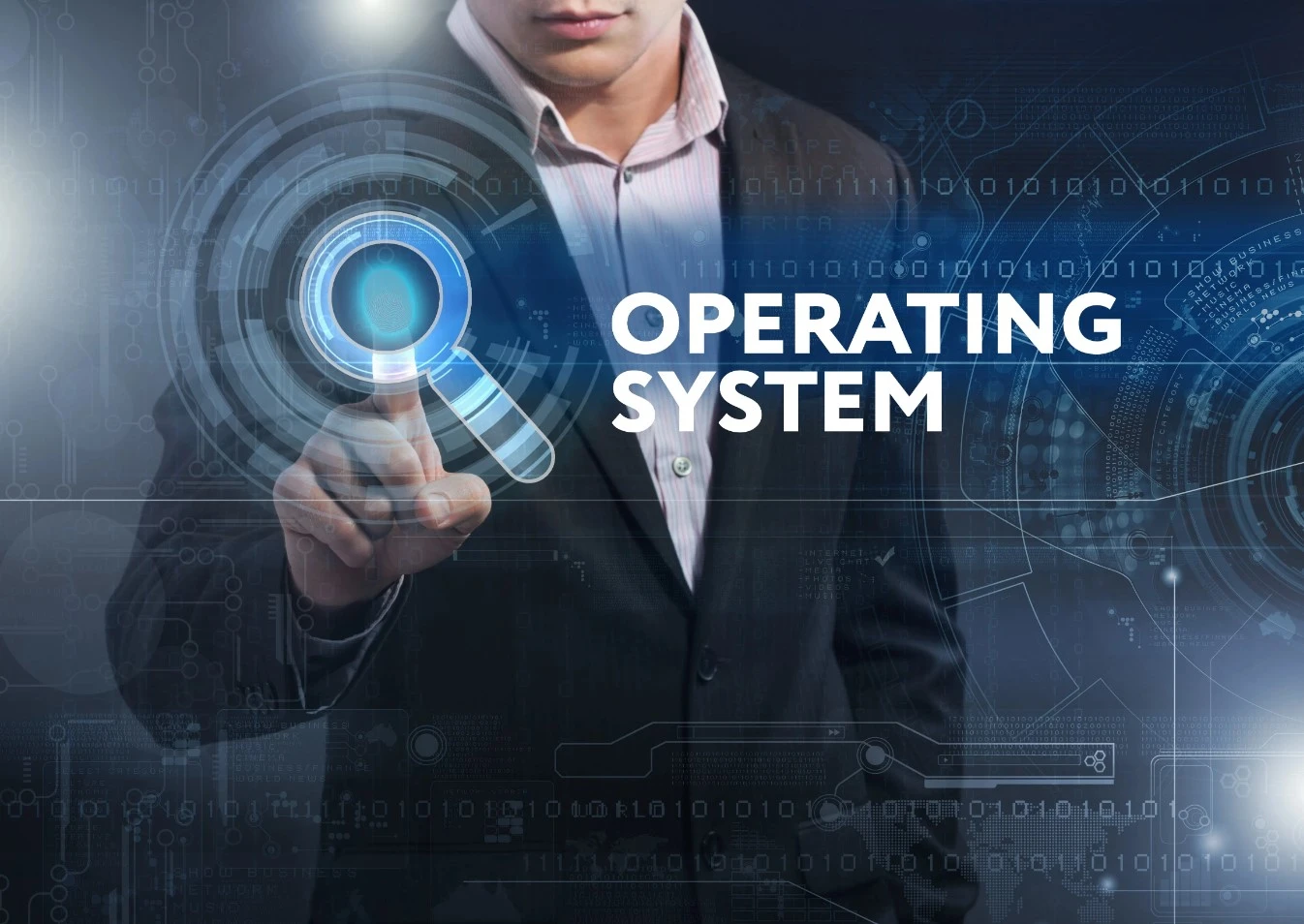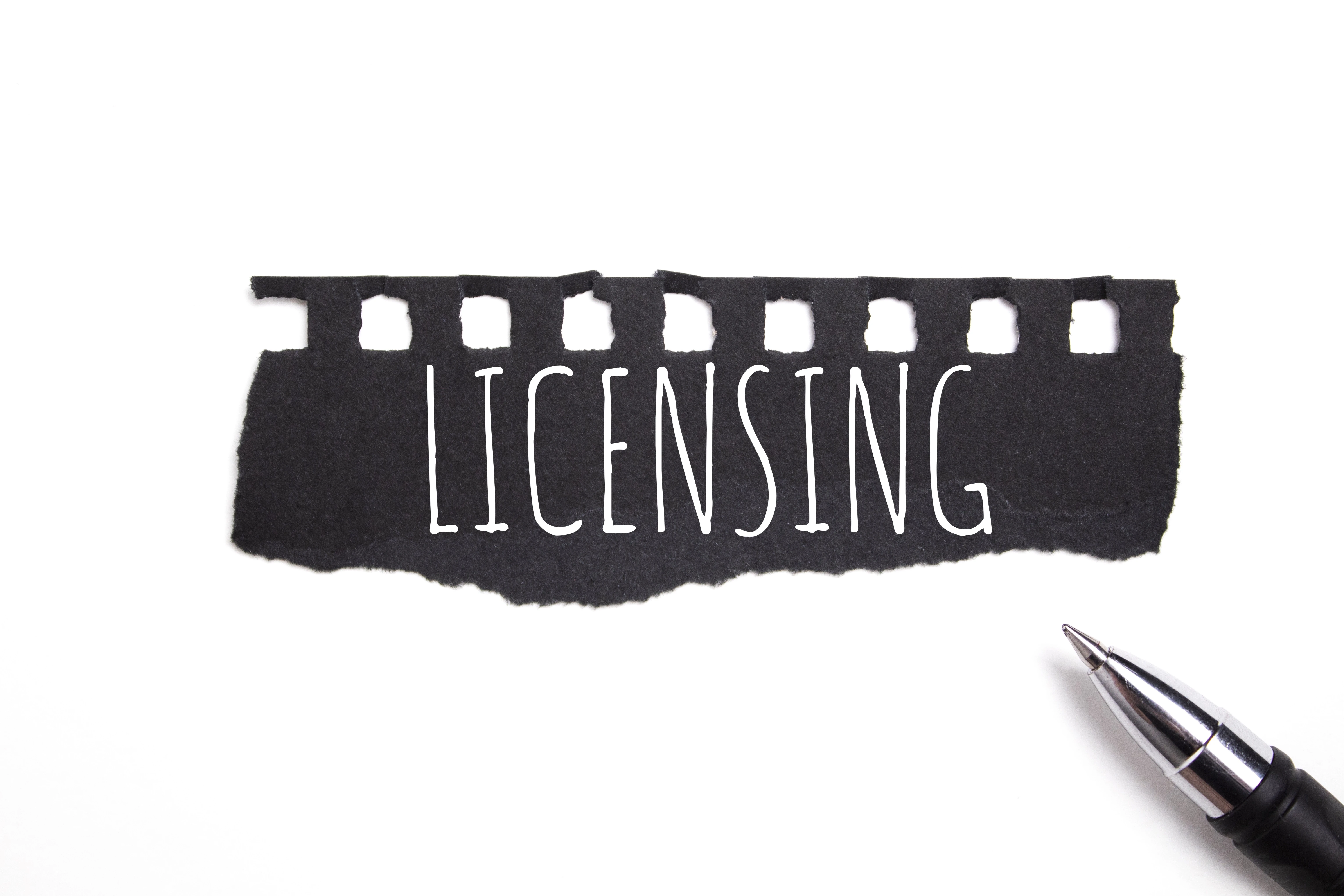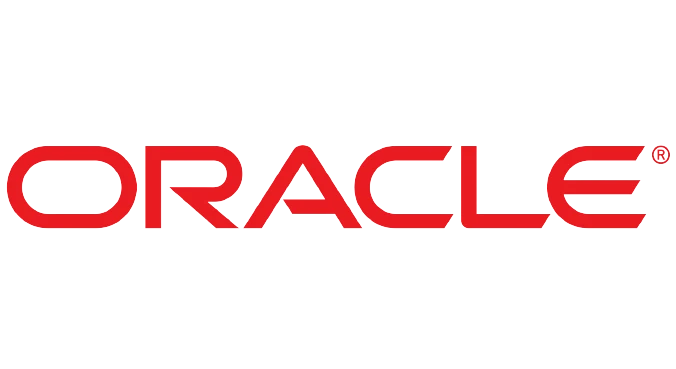Numerous companies have begun a SOA initiative with the assumption that implementing web services is synonymous with employing a service-oriented architecture. They have gone on to discover various barriers to SOA success and have not seen the returns a successful SOA implementation can provide. These companies lacked an understanding of SOA adoption and architecture fundamentals. This course presents those fundamentals with an Enterprise Architect's view of Oracle's SOA Enterprise Technology strategy, to equip the student with skills for handling both business and IT concerns throughout the entire SOA life cycle, from both the program and the project perspectives.
Objectives
- Explain IT Strategies from Oracle (ITSO) and Oracle Reference Architecture (ORA)
- Perform a SOA maturity assessment
- Apply appropriate criteria to service and project selection
- Contribute to development of a SOA road map
- Explain Oracle's definition of a service, and the inter-relationship of the facets of a service
- Understand the importance, components and various views of a SOA reference architecture
- Perform functional requirements decomposition and use the results of that decomposition to expand a business function model
- Identify and justify a service
- Create and evaluate a service contract
- Map SOA governance to the ITSO Unified Governance reference model
- Recommend incremental steps in the development of a SOA Governance road map
- Identify important integration and service architectural principles
Topics
- Oracle's Approach to SOA: An Overview
- Building an SOA Roadmap
- Service Terms and Concepts
- SOA Reference Architecture
- Software Engineering in an SOA Environment: Requirements Management
- Service Identification and Discovery
- Service Delivery
- Service-Oriented Integration
- A Framework for Governance





















